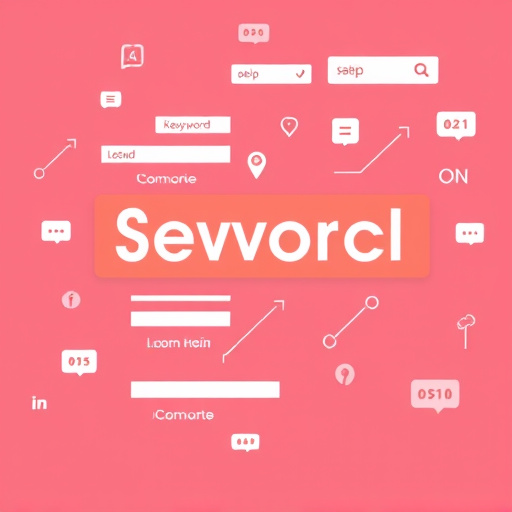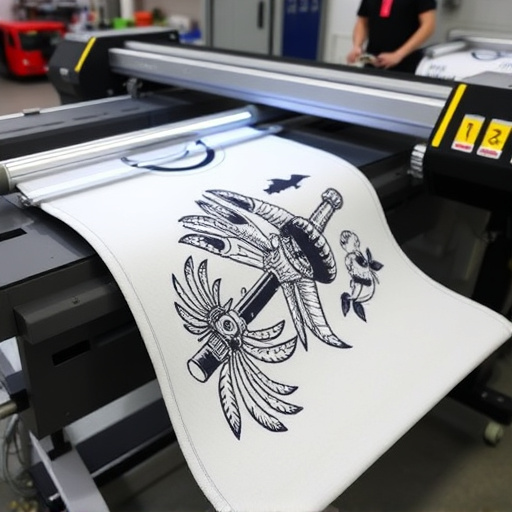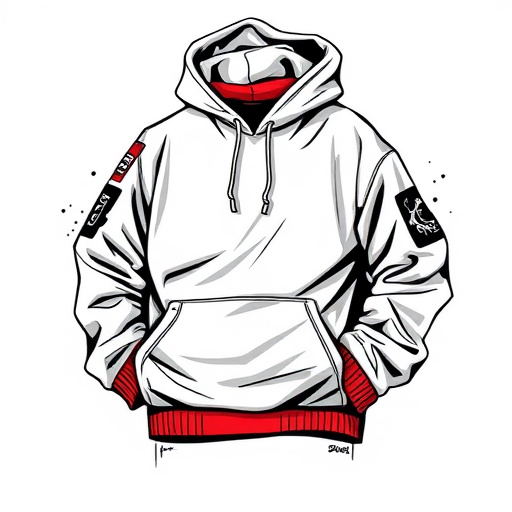DTF Small Orders provide a low-cost, sustainable entry into apparel customization with minimal order quantities and direct fabric printing. Market research is key to understanding trends, target audience preferences, and competitors. Launch strategy involves teaser campaigns, influencer collaborations, contests, limited-time promotions, and social media engagement to build anticipation and foster community loyalty.
Looking to launch a successful product line with minimal upfront investment? Dive into the world of DTF Small Orders, a game-changer for entrepreneurs seeking to test market demand without the usual financial burden. This guide explores the benefits and feasibility of DTF Small Orders, provides strategic preparation steps including market research and product development, and unveils proven launch tactics to maximize customer engagement. Unlock your product’s potential with this efficient strategy.
- Understand DTF Small Orders: Benefits and Feasibility
- Prepare: Market Research and Product Development
- Launch Strategy: Effectiveness and Customer Engagement Tactics
Understand DTF Small Orders: Benefits and Feasibility

Understanding DTF Small Orders: Benefits and Feasibility
DTF (Direct-to-Fabric) small orders present a unique opportunity for businesses looking to enter the apparel customization market, especially for light fabrics like t-shirts, hoodies, and caps. This method allows entrepreneurs to offer custom designs without the usual high minimum order quantities (MOQs), making it feasible for small businesses and even individuals to start printing on demand. With DTF, you can create intricate, vibrant designs using transfer sheets that adhere directly to the fabric, ensuring a long-lasting result.
The feasibility of DTF small orders lies in its accessibility and adaptability. It’s an excellent solution for those who want to offer personalized products without the overhead costs associated with traditional printing methods. Custom DTF transfers allow for endless design possibilities, catering to various niches and trends. This approach also reduces waste as it only involves printing what’s ordered, making it a more sustainable option.
Prepare: Market Research and Product Development

Before launching your line with DTF (Direct-to-Fabric) small orders, thorough preparation is key. Start by conducting extensive market research to understand the current trends and demands in the industry. Identify your target audience and analyze competitors offering similar products, focusing on pricing, design, and material quality. This step ensures your product stands out while appealing to the right customer base.
Product development should then be guided by these insights. Design a range of unique and appealing items suitable for DTF printing techniques, especially considering their application on light fabrics. The versatility of dtf prints allows for creative freedom, so explore various print styles using dtf heat transfer paper to achieve high-quality results. Ensure your products are not just visually attractive but also meet the functional requirements of DTF printing for light fabrics.
Launch Strategy: Effectiveness and Customer Engagement Tactics

When launching a line with DTF (Direct to Fabric) small orders, an effective launch strategy is paramount to success. The key lies in fostering customer engagement and creating a buzz around your product. Start by building anticipation through teaser campaigns on social media platforms—a strategic drip of sneak peeks can generate excitement without revealing too much. Utilize email marketing to create a sense of exclusivity, offering early access or special discounts to subscribers who show interest. Collaborate with influencers or industry peers to cross-promote each other’s products, leveraging their established audience for greater reach.
On the tactical level, implement customer engagement tactics such as contests and giveaways, encouraging users to share their experiences with your DTF transfers (cold peel dtf transfers). Run limited-time promotions or bundle deals to incentivize trial and encourage word-of-mouth marketing. Regularly interact with your audience on social media, responding to comments and inquiries promptly. By combining strategic communication with interactive elements, you can build a community around your brand, ensuring that the launch of your DTF small orders not only generates initial interest but also cultivates long-term customer loyalty.
Successfully launching a line with DTF (Direct-to-Consumer) small orders involves a strategic approach that combines market understanding, product development, and effective launch tactics. By leveraging the benefits of DTF small orders—such as increased flexibility, lower barriers to entry, and direct customer engagement—entrepreneurs can navigate the competitive landscape and create a sustainable business model. Through thorough market research, innovative product development, and well-planned promotional strategies, you can ensure your launch is both impactful and profitable, setting the stage for long-term success in the DTF small orders space.














